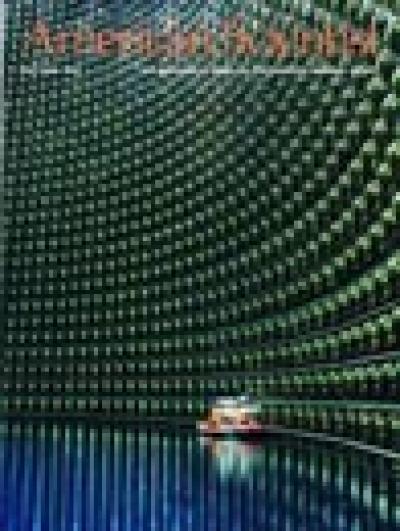Magazine
May-June 1999

May-June 1999
Volume: 87 Number: 3
The elusive particles called neutrinos interact so rarely with matter that enormous volumes of water and extremely sensitive instruments are required to detect them. The oscillation of neutrinos (and hence proof that they have mass) was demonstrated recently by physicists working at the Super-Kamiokande detector in Japan and is described by Kenji Kaneyuki and Kate Scholberg in "Neutrino Oscillations." Here workers are shown cleaning the detector's 11,146 interior photomultiplier tubes during its filling in 1996. (Photograph courtesy of the Institute for Cosmic Ray Research, The University of Tokyo.)
In This Issue
- Art
- Astronomy
- Biology
- Chemistry
- Communications
- Computer
- Economics
- Engineering
- Environment
- Evolution
- Mathematics
- Medicine
- Physics
- Psychology
- Technology
Light-Reflection Strategies
Andrew Parker
Evolution Physics Technology
Natural selection has produced a wealth of surfaces that interact efficiently with light. Technological applications abound, from better windows to Stealth
Gene Therapy
Eric Kmiec
Biology Medicine
Investigators have been searching for ways to add corrective genes to cells harboring defective genes. A better strategy might be to correct the defects
Millipeds
William A. Shear
Biology
These "thousand-legged" arthropods are little known but appear to hold many secrets for scientists
